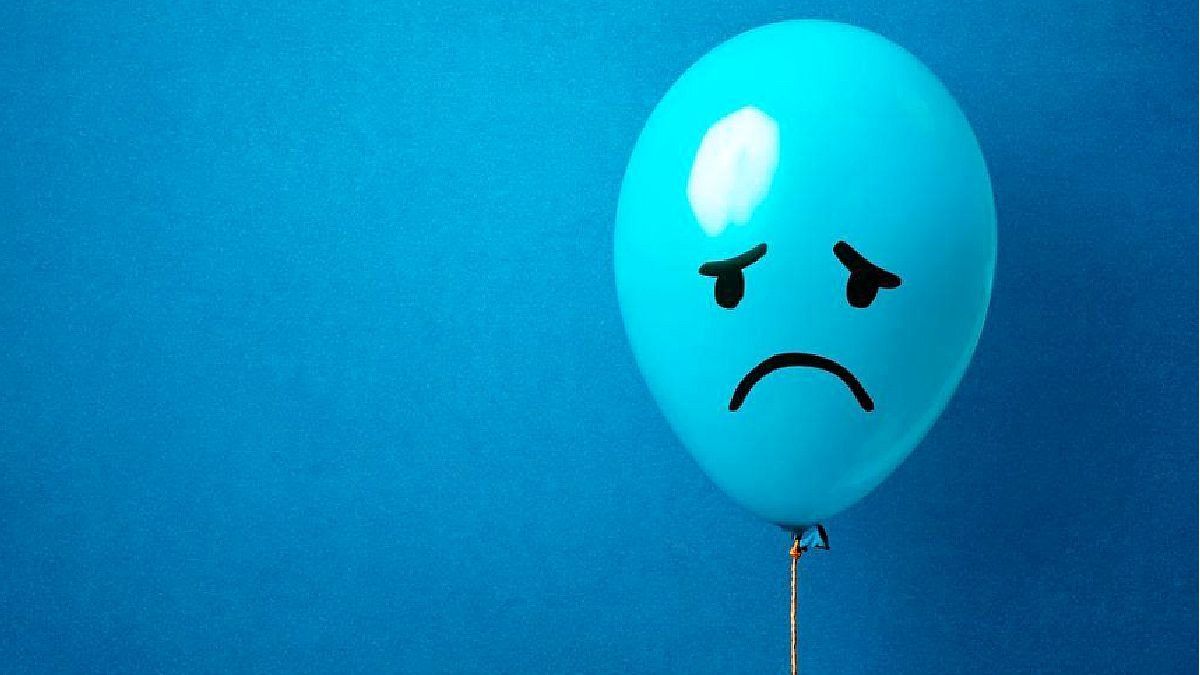However, What is behind this exchange rate pax that is already two months old, and that it is presumed could extend, if no black swans appear, for the next few weeks, pointing towards the middle of the year? But, in addition, can the blue dollar continue to fall? What is your floor?
First of all, to understand why the parallel dollar has fallen in recent months, we must remember how much it had risen, in the run-up to the announcement of the IMF debt agreement at the end of January 2021. At a time when many market agents speculated with an imminent default of Argentina with the international organization, the informal dollar reached a nominal ceiling of $223.50 on January 27, in line with the soaring of the dollar counted with liqui, which on that day crossed the barrier of $230. A disproportionate rise is often followed by a sharp fall, although it has cost the blue much more than the financial dollars to pierce $200 (they even threaten to fall below $190).
But there are also, at least, two other factors that explain the current exchange pax: the rate hike by the Central Bank (last month it took the reference rate to 44.5% TNA, almost 7 percentage points more than at the end of 2021) to try to curb high inflationary expectations; and the good liquidation of agrodollars, given the soaring prices of commodities, product of the war between Russia and Ukraine.
This scenario, on the one hand, has encouraged investors to bet on instruments and/or Mutual Investment Funds (FCI) tied to inflation (CER) or UVA fixed terms, the big winners in the first quarter, given the obvious general jump in prices.
On the other hand, given the adjustment of the rate by the monetary authority, large investors began to demand bonds tied to the Badlar rate, while, in the case of retailers, they have turned to renewing their fixed terms, without looking so much at the dollar.
“With the agreement with the Monetary Fund, financial prices have calmed down, reaching $190 and the difference of $12 with the blue was going to tend to decrease at some point, because the carry trade attracted $7/8 per dollar, while for the buyer agents sector does not see high demand”, describes to Ambit the Economist Frederick Glustein.
Juan Pablo Albornoz, analyst at Ecolatina, points out to this medium that basically “The specter of the non-agreement with the IMF and the ultra-pessimistic scenario that the foreign exchange market came to consider in the second half of January have dissipated.” For the analyst, the dollar “is a thermometer, not always perfect, of the Argentine economy. And agreeing with the Fund meant that this thermometer does not explode through the air.”
Now for Bathrobe “The consequence of having such an exchange rate gap (it came close to 113% in January, today it is at 75% with the wholesale dollar) is not only due to mistrust in the Government, but also to the great mass of pesos that are in the economy, as a result of the economic policies carried out”.
But since the beginning of the year, the Central Bank has been rationalizing its foreign exchange monetary strategy. “It reduced the issuance to finance the Treasury in the first quarter to 0.21% of GDP (versus 0.36% of GDP in the same period of 2021), a percentage even lower than the average of the first quarters of the last decade, excluding to 2020. And it increased interest rates, something that temporarily discourages the demand for dollars. And it accelerated the rate of depreciation of the official dollar, attacking the gap ´from below´”, adds the analyst at Ecolatina.
For its part, Lorraine Giorgio, Chief Economist of Equilibra, reminds Ambit what “The price of the informal dollar is closely linked to that of the financial dollars, such as the CCL and the MEP, in which we are also seeing a gap at minimum levels in recent months”.
For the specialist, he estimates that “The exchange pax, which has been going on for several rounds, will continue to extend for a few more rounds, as long as the carry trade continues to be seen as an attractive investment alternative for the pesos.”
Specifically, it explains that “We are facing a scenario in which the investor bets on a CER bond, while waiting for a marked acceleration of the crawling peg (progressive devaluation controlled by the BCRA) only in the second half of the year.”
In consecuense, “all this what it does is channel the surplus pesos of the market towards other segments different from what are the informal dollar and the financial markets”.
In this sense, Glustein remarks that “The higher than expected and growing inflation transfers part of the investments to the CER and, with the rise in rates, there is a slight migration to the fixed rate, relaxing expectations about the blue.”
On the other hand, the seasonality factor that takes place in these months, with the higher income of agrodollars in the year, also contributes to the exchange rate calm. Even more so, if we take into account that the liquidation of agricultural exporters was a record for a first quarter.
Glustein believes that “the firm income from agriculture, registering almost 3 billion dollars in March”, contribute to the current exchange pax period.
Meanwhile, Albornoz maintains that “The shock of commodities due to the war in Ukraine works in favor of agriculture, but very much against it in terms of energy imports. However, in the immediate term it meant that, with equal amounts of soybeans and corn, the country received more dollars for the rise in prices. Another story will be the risk related to the energy supply, but it will only weigh more in the balance in a few months.
Near or far from the floor?
exactly one year ago, The blue dollar marked its lowest value of 2021, at $139, after ending the previous year at $166. Will history repeat itself in 2022?
For Glustein, the blue dollar “Probably it will not continue to fall much more given that the solidarity price already reaches $193 and the financiers have woken up, with which, probably the fall of this Tuesday (-$3) may not be repeated and will rise again more due to expectations than real demand”.
For his part, Giorgio believes that “The current price is a floor because we are in a gap that is already getting too close to 65% over the retail dollar, before taxes, and that is certainly a pretty low floor for the gap.” Although there were times when the informal price was below the solidarity dollar, “the reality is that in recent months the stocks for imports have been tightening even more, and in the current conditions of exchange restrictions, it is very difficult think of an alternative dollar with a gap below 70%”.
Source: Ambito
David William is a talented author who has made a name for himself in the world of writing. He is a professional author who writes on a wide range of topics, from general interest to opinion news. David is currently working as a writer at 24 hours worlds where he brings his unique perspective and in-depth research to his articles, making them both informative and engaging.




